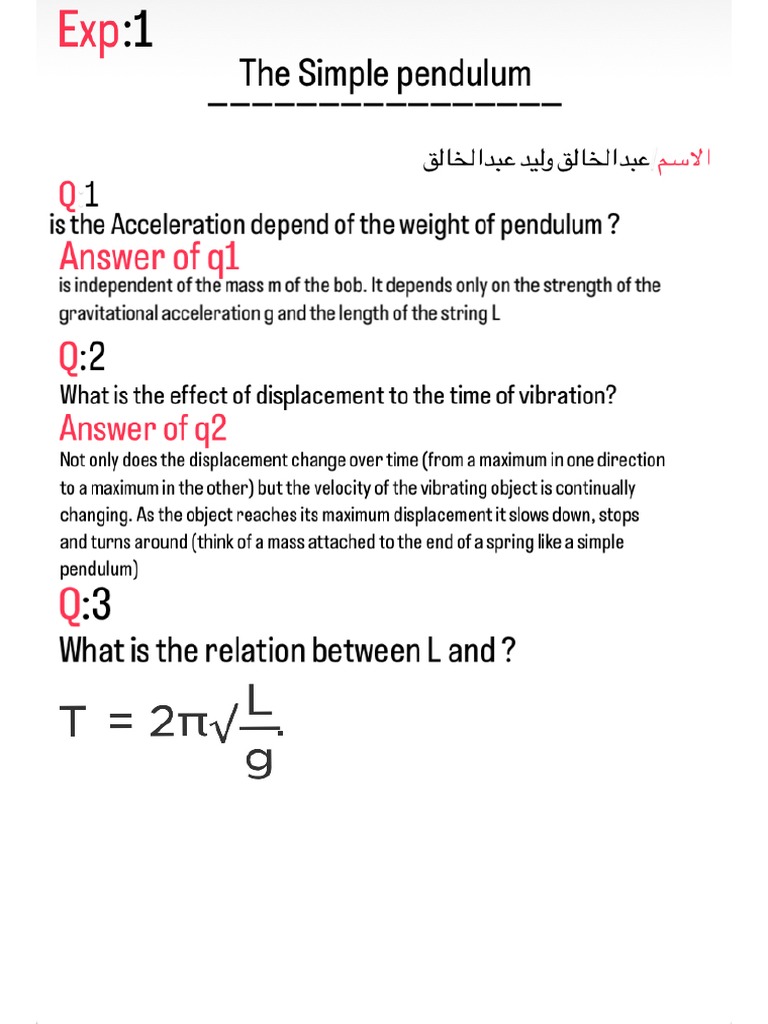Medical physics stands as a bastion of interdisciplinary science, embodying the elegant interplay between the principles of physics and the intricate realm of medicine. Much like a maestro guiding an orchestra, medical physicists harmonize the nuances of physical science with the artistry of healthcare, creating a melody of innovation that resonates across hospitals and research institutions. This article unravels the multifaceted applications of medical physics, shedding light on its significance in diagnostic imaging, radiation therapy, and the ongoing evolution of treatment paradigms.
Diagnostic Imaging: The Art of Visualization
At the heart of medical physics lies the realm of diagnostic imaging, an area that metaphorically transforms the human body into a canvas. Through advanced imaging techniques, such as X-rays, computed tomography (CT), magnetic resonance imaging (MRI), and ultrasound, medical physicists enable the visualization of structural and functional abnormalities within the corporeal form. These modalities serve as windows into the human condition, providing clinicians with critical insights that guide diagnostic decision-making.
Furthermore, the meticulous calibration and maintenance of imaging equipment underscore the pivotal role of medical physicists in ensuring optimal image quality and patient safety. They engage in the delicate balancing act of maximizing diagnostic efficacy while minimizing radiation exposure—an endeavor akin to navigating a tightrope. This vigilant stewardship fosters trust between patients and practitioners, reinforcing the ethical foundation upon which the field rests.
Radiation Therapy: Precision in the Pursuit of Cure
The application of physics extends beyond mere visualization; it penetrates deeper into therapeutic interventions. In radiation therapy, medical physicists wield the weapon of ionizing radiation against malignant cells with precision and finesse. By meticulously calculating dosages and determining optimal treatment plans, they orchestrate a calculated assault on tumors, akin to a strategic general deploying forces on a battlefield.
Advancements in technologies, such as intensity-modulated radiation therapy (IMRT) and stereotactic radiosurgery (SRS), exemplify the evolution of treatment modalities in oncology. Here, medical physicists act as architects of treatment protocols, intricately designing plans that account for tumor characteristics, patient anatomy, and the surrounding healthy tissues. The precision of their work is paramount; it not only enhances treatment efficacy but also mitigates the collateral damage that can occur during therapy—reminiscent of a skilled artisan shaping a piece of fine sculpture.
Quality Assurance: The Keystone of Patient Safety
The realm of medical physics is further bolstered by an unwavering commitment to quality assurance (QA). Think of QA as the bedrock upon which the entire edifice of medical practices stands. Through rigorous testing and validation of equipment, protocols, and processes, medical physicists ensure that the tools of modern medicine function as intended. This commitment to excellence safeguards patients from potential hazards stemming from equipment malfunctions or procedural inconsistencies.
In an era marked by rapid technological advancements and the integration of artificial intelligence, the role of medical physicists in QA becomes increasingly vital. They not only evaluate the performance of sophisticated machinery but also paves the way for the incorporation of novel techniques, ensuring that innovations translate into palpable benefits for patient care. Their work embodies an ethos of continuous improvement, akin to a craftsman refining their technique with each new creation.
Research and Development: Pioneering New Frontiers
Beyond the clinical landscape, the contributions of medical physicists extend into the realm of research and development. In this capacity, they embody the spirit of exploration, probing the uncharted territories of medical science. Their inquiries often lead to groundbreaking discoveries that revolutionize treatment methods, imaging techniques, and the overall management of diseases.
Collaborating with a multitude of professionals—physicians, biologists, and engineers—medical physicists contribute to multidisciplinary research initiatives. They investigate the biophysical mechanisms underlying treatments, develop novel imaging modalities, and optimize therapeutic agents. Their creative and analytical prowess culminates in innovations that hold the potential to reshape the fabric of medicine, driving the field toward an era characterized by personalized and precision medicine.
The Patient-Centered Approach: Empathy in Science
As science and technology advance, it is crucial to recognize the human element that underpins the practice of medical physics. Medical physicists are not merely technicians or scientists; they are advocates for patients, bearing the responsibility of ensuring that cutting-edge technologies do not supersede the fundamental tenets of compassion and empathy in healthcare. Their role is to demystify complex procedures and reassure patients during their most vulnerable moments, fostering an environment that transforms anxiety into trust.
In essence, the unique appeal of medical physics lies in its duality—it is both an art and a science. It merges the empirical rigor of physics with the profound humanity of medical practice, producing outcomes that transcend technical definitions of success. By illuminating the intricacies of human health and disease, medical physics stands as a vital discipline, illuminating pathways toward improved patient care and unparalleled advancements in medicine. Its vibrant narratives continue to unfold, fostering a future where the intersection of technology and compassion flourishes, ensuring that every patient’s journey is informed by hope and healing.












